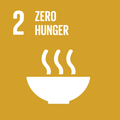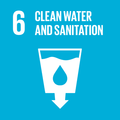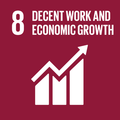Netafim is integrating drip technology with a low-tech gravity-based system that enables smallholder farmers in developing countries to cost-effectively increase yields and quality, while maximising water use efficiency.
Netafim has developed an irrigation system that drips precise quantities of water and nutrients straight to the root zone of crops. An elevated water tank distributes the water using gravity, which results in reduced electricity costs and no need for further investments in expensive irrigation infrastructure. The system helps to reduce water usage significantly, improve crop quality and increase crop yields. Netafim is also offering smallholder farmers training in how to use the technology most effectively.
Why you should care
The United Nations Environment Programme has estimated that 500 million smallholder farmers provide over 80% of the food consumed in the developing world. Drip irrigation positively impacts the environment by improving water use efficiency, improving crop productivity, reducing soil erosion from desiccated soils and reducing CO2 emissions associated with pumping water for irrigation. According to Netafim, the investment has a payback time of about a year, thus making it fit for small-scale projects with reduced access to finance.
How the Global Goals are addressed

Zero Hunger
Women in a Kenyan village who installed the Netafim drip irrigation system reported an increase in vegetable-growing capacity, free time and improved agro-knowledge through training.

Clean Water and Sanitation
Drip irrigation increases water use efficiency in the sector that uses the most fresh water globally. According to Netafim, the move to drip irrigation led to water savings of 60% in a Peruvian sugarcane farm.

Decent Work and Economic Growth
A project in the Indian state of Jharkhand led to a significant increase in net profit among farmers. Payback period for a loan received for the purchase of the system was five months.



